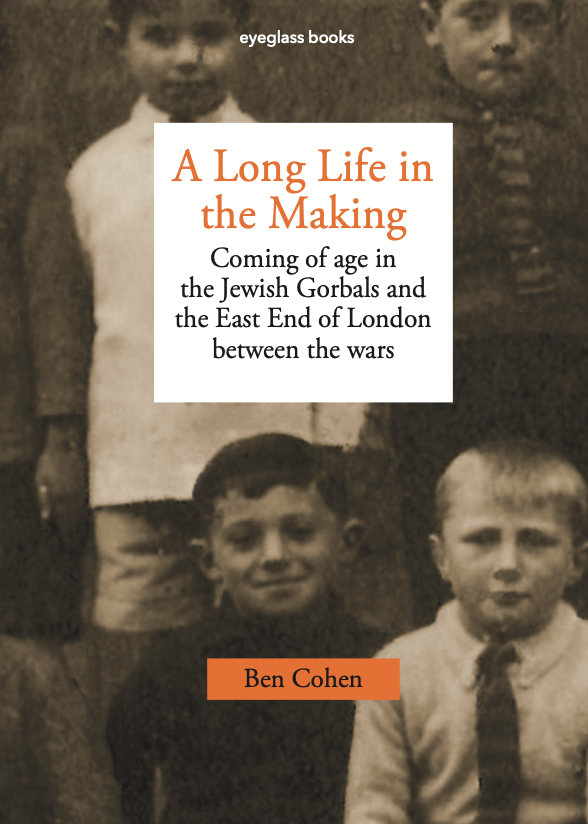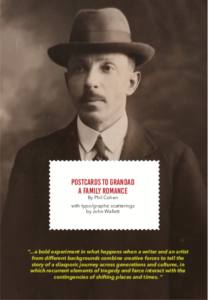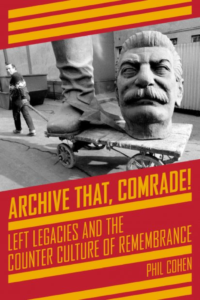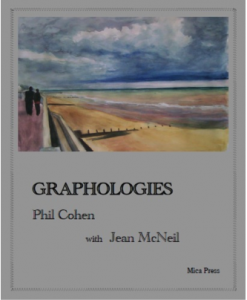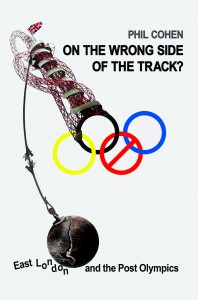In the West, during the ‘heroic’ 19th century phase of nation and empire building ‘youth’ was placed rhetorically and actually in the front ranks of violent confrontation. Young men were cast as the main protagonists of class war and civil war, not to mention the ‘war of generations’, the struggle of the forces of modernity against tradition. In the process young women were effectively sidelined.
The first world war changed all that – a whole generation of young men all but exterminated by the technologies of modern warfare, young women pressed into war service first as nurses and then as mothers of babies who would replace those killed in the trenches. This process was critically interrupted by the Second World War. For the first time whole civilian populations were at risk as the result of the carpet bombing of the major cities. What had been rehearsed in the bombing of Ethiopia, Spain and Iraq was now unleashed on Coventry, London, Hamburg, and Dresden, culminating in the nuclear attacks on Nagasaki and Hiroshima. The vulnerability of young people was now emphasised to mirror the pervasive sense of horror and helplessness felt by their elders in the face of these new weapons of mass destruction.
In the so called post war period however, the romantic/heroic image of ‘youth up in arms’ re-emerged. In the first place outside Europe, in the guerrilla wars of national liberation against colonialism in Africa, Latin America and Vietnam. However, as the generation of war babies grew up to become the angry young men and women of the sixties counter culture, this iconography re-appeared in the West – most notably in the student and anti war movements that initially supported the anti colonial struggle, and then in more recent times internationally based youth movements inspired by feminist and green politics are challenging the violence of globalization.
In this talk I reflect on this complex history, and consider whether 9/11 and the ‘war against terror’ do indeed represent its final moment (the so called end of history), or whether they are its continuation by other means. At a time when the boundaries between war and peace are no longer so easy to draw, and where the intimate links between modernity, panoptic technology and global polemics are being cemented into a new world order, what space and time is there to rethink the youth question beyond its all too familiar romantic ph(r)aseology as storm and stress – or dress-, as something we all grow out of…….
The talk was originally given to a conference on Youth Culture and Modernity at the University of Roskilde. This University has an interesting history. It was founded in 1972 and was initially intended as an alternative to the traditional Danish universities which had been the scene of several student uprisings in the late 1960s. The students considered the traditional universities undemocratic and wanted more influence as well as more flexible teaching methods. The focus was shifted from traditional lectures to group orientated methods, collaborative and interdisciplinary learning projects rather than traditional exams.
In 2003, the revised Danish university law removed faculty, staff and students from the university decision process, creating a top-down control structure that has been described as absolute monarchy, since leaders are granted extensive powers while being appointed exclusively by higher levels in the organization.
The full text is available at this link: Beyond Storm and Stress


